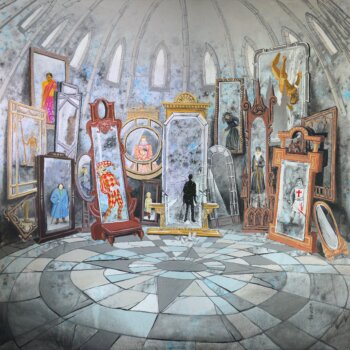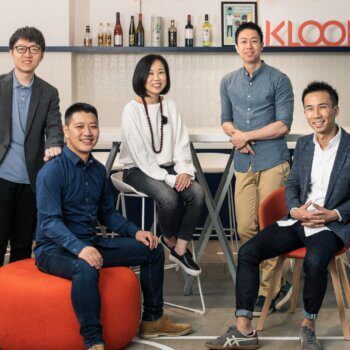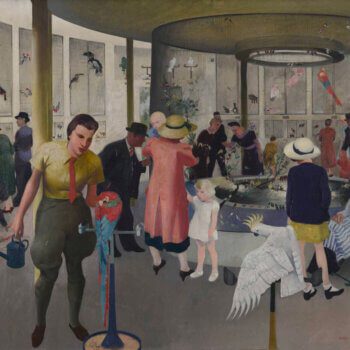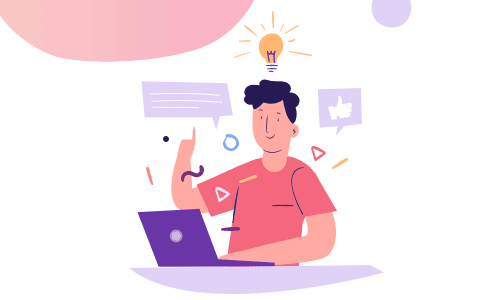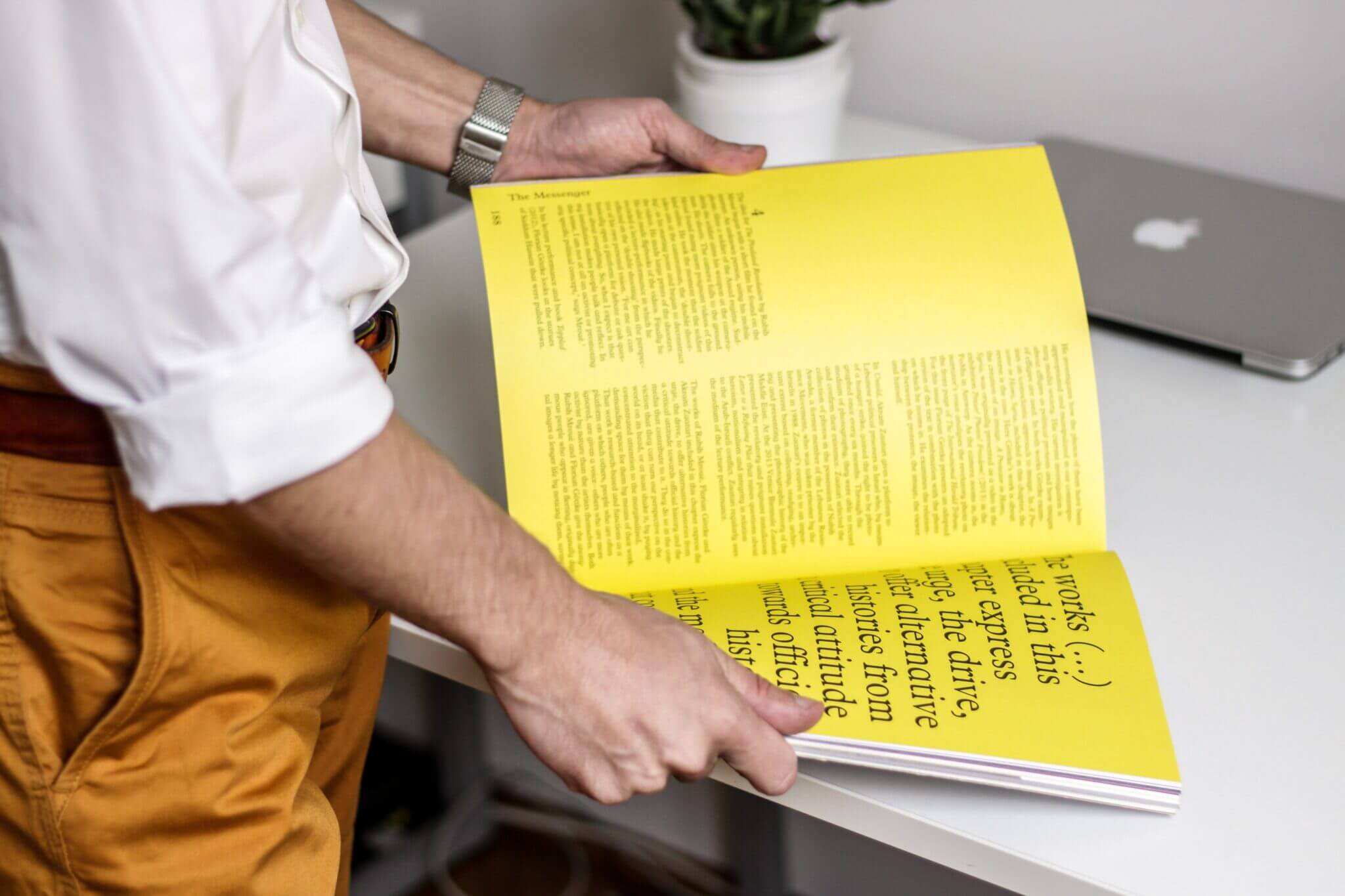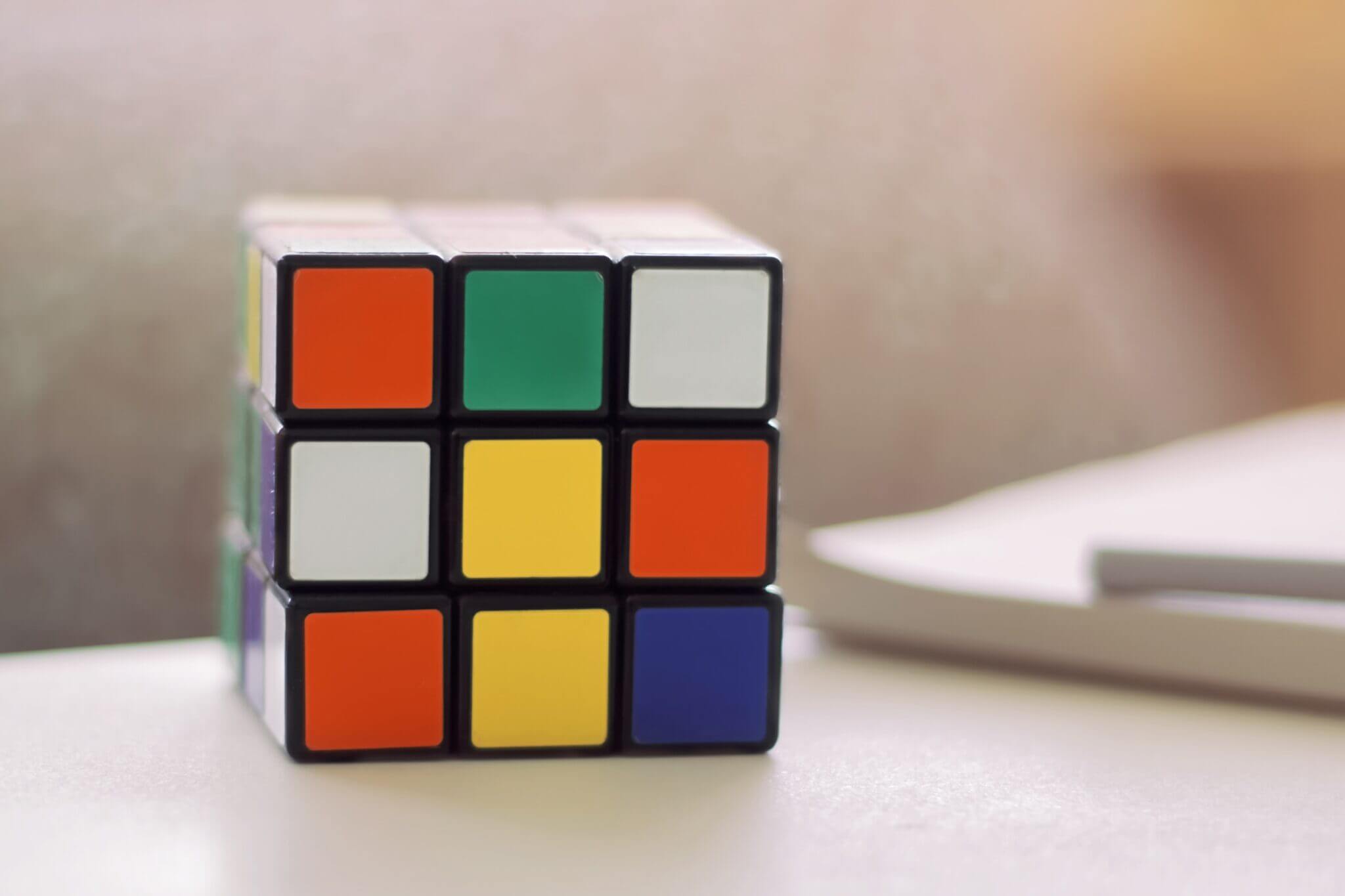Key Takeaway:
The Apples & Oranges concept is an English idiom that refers to the apparent differences between items that are popularly thought to be incomparable, and can be used as a thought-provoking tool for creative thinking. The connections we make are molded by our experience and level of understanding and are not rigid in nature. Creative thinking and Mind-conditioning can be harnessed to find connections and solutions. The Apples & Oranges concept is used to manipulate people to think differently and bring in different perspectives.
Who doesn’t love eating a luscious apple on a camping trip or a hearty breakfast cereal with a side of orange slices? Taste-wise one of them is sweet while the other is tangy, the only thing common is that both are fruits. Well, you must have been thinking this writeup is about the importance of healthy food and lifestyle.
Sorry to break your bubble, but I was referring metaphorically to the Apples & Oranges as comparisons and expectations that we keep on often making in our lives.
What is this Apples & Oranges concept?
Literally speaking ‘Apples & oranges’ is an English idiom that refers to the apparent differences between items that are popularly thought to be incomparable.
In a practical sense, the Apples & Oranges concept can be extended as a thought-provoking tool and prove useful for creative thinking. Let’s find out more about it in this write-up below.
References from our daily life
If I ask someone where does one sleep or eat? Ideal answers are bedroom and kitchen respectively, but often we end up eating on a bed, sleeping in a classroom, and thinking while showering. I bet everyone has had one of their best thoughts while taking a shower, although it’s not a place for thinking but a classroom is. Ironically, both spaces are defined for specific usage but used in a much varying manner.

Let’s apply this to our thoughts.
How many times do we have the ‘What if…?’ thoughts entering our minds after our senses pick up something? We feel butterflies in our stomachs when our crush walks by us or we are about to check a lottery ticket. We desire to do one thing but our ‘What if…’ thoughts work some other way around. As we grow up, the intensity and frequency of these thoughts increase. Remember when we were a child, we never bothered about consequences, we were free and our only desire was to enjoy and play. Children look at an apple and all they want is to take a bite, they don’t compare it with things like its price, expiry date, and time to eat it. But as we grow up, the same apple gets complicated. A lot of things get attached or thought about before eating an apple. Given a chance, an adult human will connect every single orange to that apple.
We realize from this example that the connections we make are molded by our experience and level of understanding and are not rigid in nature.
Back to the roots
Let’s dive into our old cultural stories. We have been connecting dots since day 1. Traditionally in most households, we hear ancient stories and epics about our culture and our religion and we find some learnings through it that we apply in our day-to-day life. That’s what holy scriptures are all about. The problems that we face today are different from what our ancestors had, their lifestyle, habits, goals, technology everything was different. But our elders say that every solution lies in the holy books. We try to find meaning from the stories in the book and apply them in our own lives in different situations depending on our level of understanding. These are apples & oranges if we think about it.
Creative thinking and Mind-conditioning
Today’s buzzword ‘Creative thinking’, also has its contribution from the Apples & Oranges concept.

Thinking creatively means thinking out of the box and bringing out different flavors on the plate. If we binge-watch a crime or mystery series like Sherlock Holmes for hours, our brain gets conditioned to think in that fashion. The effect will linger for a while and is real. For every next decision we take, we would look from a conditioned mystery mindset. There won’t be anything suspicious, but we would still consider that angle. This effect can be harnessed in a positive way to find connections and solutions a normal mind won’t create. The same would go with songs. A person listening to an upbeat song versus a mellow love song would form different ideas in the same situation because their mind is conditioned to think in a different manner.
Things need not be related all the time to make sense; we as humans have an innate sense to find patterns in everything.
Heuristic substitution
Talking about applications, there is this interesting way of idea substitution or making a heuristic formation of a question.
For example, if we want to ask someone if they care about endangered species, we can frame the question as ‘How do you feel about Dolphins?’
This will condition the person to focus on the word ‘feel’ and they will picture a beautiful blue dolphin swimming in a water body. We are aware of a dolphin being not an endangered species, but the person is now in that zone where they care about animals and will speak from that lens of helping the endangered. This tactic is often used by marketing and advertising experts. There is also evidence that people are likely to be more convinced by empty persuasive messages like commercials when they are tired and depleted. The attraction point is the apple, while the actual product they promote is an orange.
Realistically speaking, the Apples & Oranges concept can be super useful for grabbing attention by making deliberate mistakes as well. When something is out of place and is obvious to notice, viewers easily point it out thus gaining their attention.
Concluding lines
So, similarities or differences, both constitute a pattern that our brain picks up and make use of as a convincing story to proceed, which is what the Apples & Oranges concept is all about.
- When we change our environment physically, all it does is psychologically help us to think differently and bring in different perspectives.
- No doubt that the human mind is powerful, but we can condition it to think in any way we desire and as per the context needed.
- Connections we form between two things are never rigid in nature, they are subjective and get adapted to time or situation.





